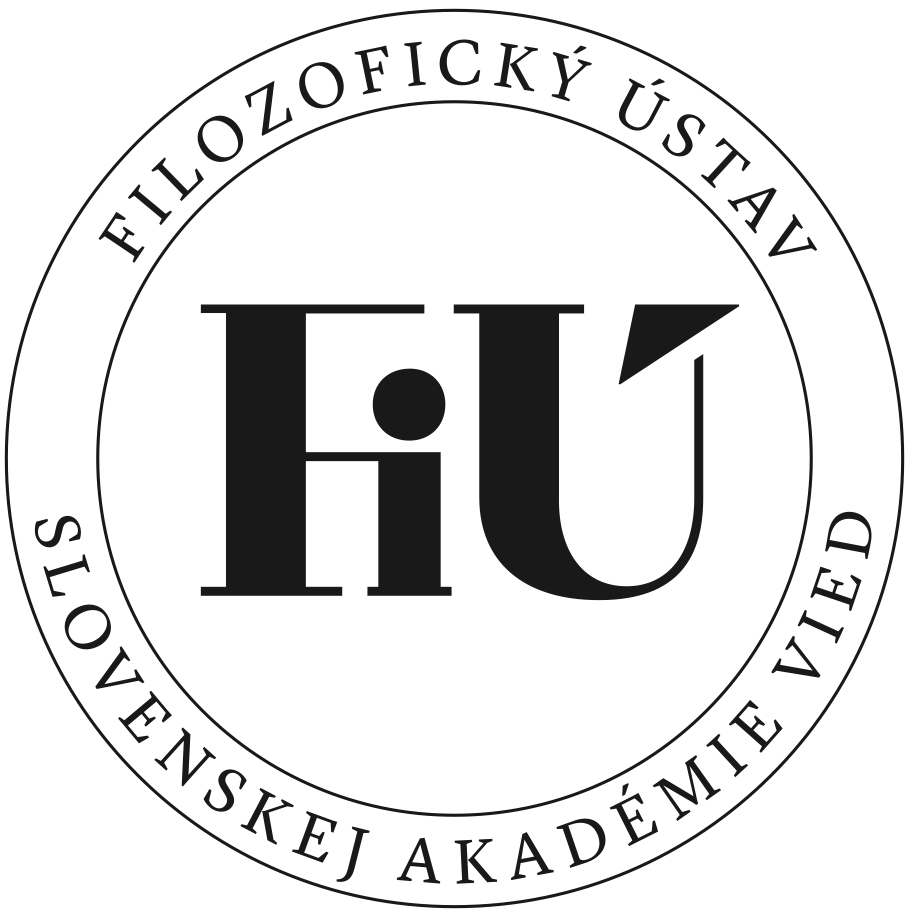Detail príspevku/publikácie
Dimenzie sebainterpretatívnosti
Abstrakt
One among such all-pervasive motifs - even perhaps something of a dominant of contemporary philosophizing on man and culture - is an attempt at appreciating man as a self-interpreting being.
Self-interpretativeness is a complex, multi-level phenomenon embracing, on the one hand, explicit, theoretically systemized „images“ of human being as articulated by science and philosophy; on the other, implicit, spontaneous, and „gut“ self-perception as an ingredient constitutive for human existence. The stretch between the two poles is the sophisticated and densely structured sphere populated by life ideologies.
The idea of human self-interpretativeness was in classic philosophy circumscribed by the idea of the warrantor of the adequateness of meaning or the ultimate instance corrector (proof-reader) - be it God, historical regularities, or the transcendental norm. Concurrently, however, classic philosophy comes up - I am first of all referring to G. W. F. Hegel - with the many so far but partially tapped into motifs and insights. After all, the motif of Hegel’s fundamental ontology - if applicable to him - is the problem of the relationship between facticity and (historic) existence.
